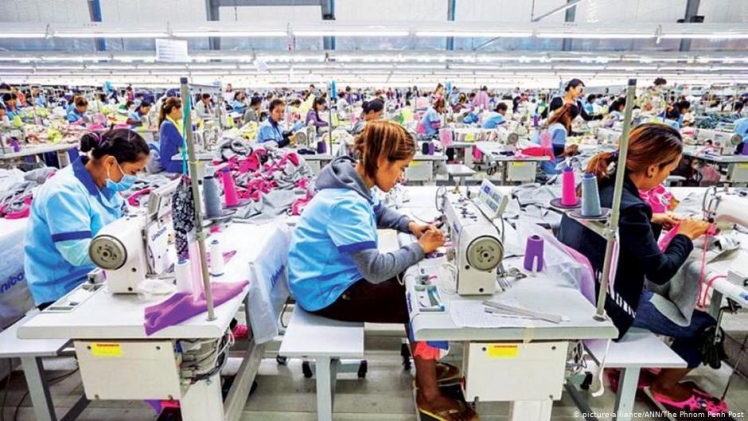The impact of the coronavirus in Asian textile manufacturers is at never-before-seen levels. According to a new ILO report, declining sales, closed factories, and low-wage workers are just a few of the problems.
Asian garment manufacturers need to take action to recover from the damage caused due to the coronavirus pandemic. They had to suffer from the restrictions and lockdowns in their countries and see that the overall demand for their products to be torn down. This has been particularly dramatic in the countries where the textile industry is a significant part of the export process.
Researchers from the International Labor Organization (ILO) have been studying the pandemic’s effects on the top 10 largest textile-producing countries in Asia: Bangladesh, Cambodia, China, India, Malaysia, Indonesia, Myanmar, Pakistan, Philippines, Sri Lanka, and the socialist republic of Vietnam.
According to the international labor organization, approximately 65 million people have been working in the textile industry in these countries, with 75% of the textile workers worldwide.
The production process is the essential purchase of the regions of the European Union. Also, the United States faced a shortfall and fell by as much as 70%. At the same time, the clothing manufacturers‘ supply chains have been disrupted by a shortage of cotton cloth and other materials as needed.
“Many plants have been shut in the primary example, given the standards and guidelines for controlling the pandemic”, said Christian Viegelahn, the International Labor Organization’s offices in the region.
“The garment worker of the region has lost at least two-to-four weeks on the job, and we saw that only three out of five of his co-workers return to the factory if it is something new,” Viegelahn said.
Garment factory workers — most of them women, suffer from a significant loss of income. In Bangladesh, the average salary of a textile worker, which has decreased by almost half in April and May, is the equivalent of $113 to $65 (€95 for only £ 54 per month, according to a study cited in the International Labor Organization’s report. The median means that half of the workers earn more and half less.
In addition, the wages were often paid much later than the law will allow. Subsequently, 77% of the laborers who took an interest in the overview in June said they had eaten shortly of what they ought to have because they don’t have the cash to purchase sufficient food to eat. In May, a protest by workers, which led to clashes with the police.
To reduce the impact of the pandemic, most of the world’s governments have been offered some form of assistance to the owners and the staff. For example, in Malaysia, the government has been working with employers to make up for the $70 benefits to furloughed employees. In any case, a new report has shown that there is just 41% of the overviewed laborers in May, get the full payment.
The fashion business is probably the biggest employer of ladies in the Asia-Pacific area. In countries such as Cambodia, Pakistan, and Sri Lanka, 15% to 20% of the women work in the industry.
Several experts were of the view that COVID-19 is going to lead to a consolidation of the manufacturers of the Asian fashion industry. In some plants, in particular, for small and medium-sized businesses with less financial capital and liquidity requirements, you will not have the resources to withstand the economic and health crisis caused by the COVID-19 pandemic, and you will be entered into or to be purchased, which will lead to a consolidation of the manufacturers in the industry.
The direct economic impact of the set and the delay in the payment system, and a decrease in the demand for a new dress in the short term are expected to be in the industry, with a 30 percent by 2020. Of all the factories, and the workers have the experience of a fall-out. In Asia alone, for example, has more than 400 plants, where up to 150,000 workers had to be suspended operations in July of 2020, according to a joint statement from the Garment Manufacturers Association in Cambodia Footwear Association and the European Chamber of commerce in the region. In Bangladesh, one of a million people are reported to have been fired or furloughed.
The participation of experts and presented a barrier to entry to garment production is relatively low in some countries. The increased risks and costs shall be borne by the suppliers in the garment industry, which can be off-putting to the less professional companies in the market shortly. However, there is no agreement on the issue. As suggested in this study, if any of the significant manufacturers think about the order of the units as a result of the reduction of workers, we can give credit to the smaller companies of the units produced for the industry.
Read More: World Latest Blog Website newsportsweb.com and http://sportsnewstime.org/ also check sports social blog site bbctimes.org

